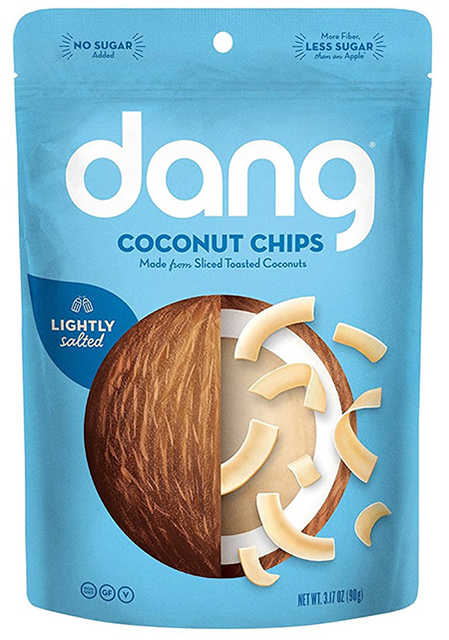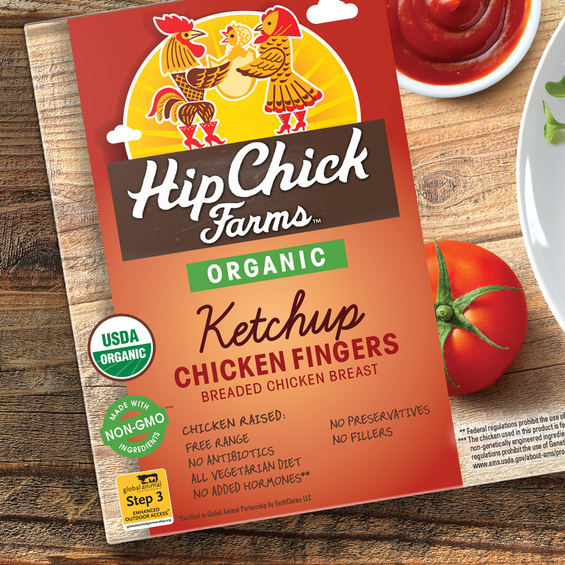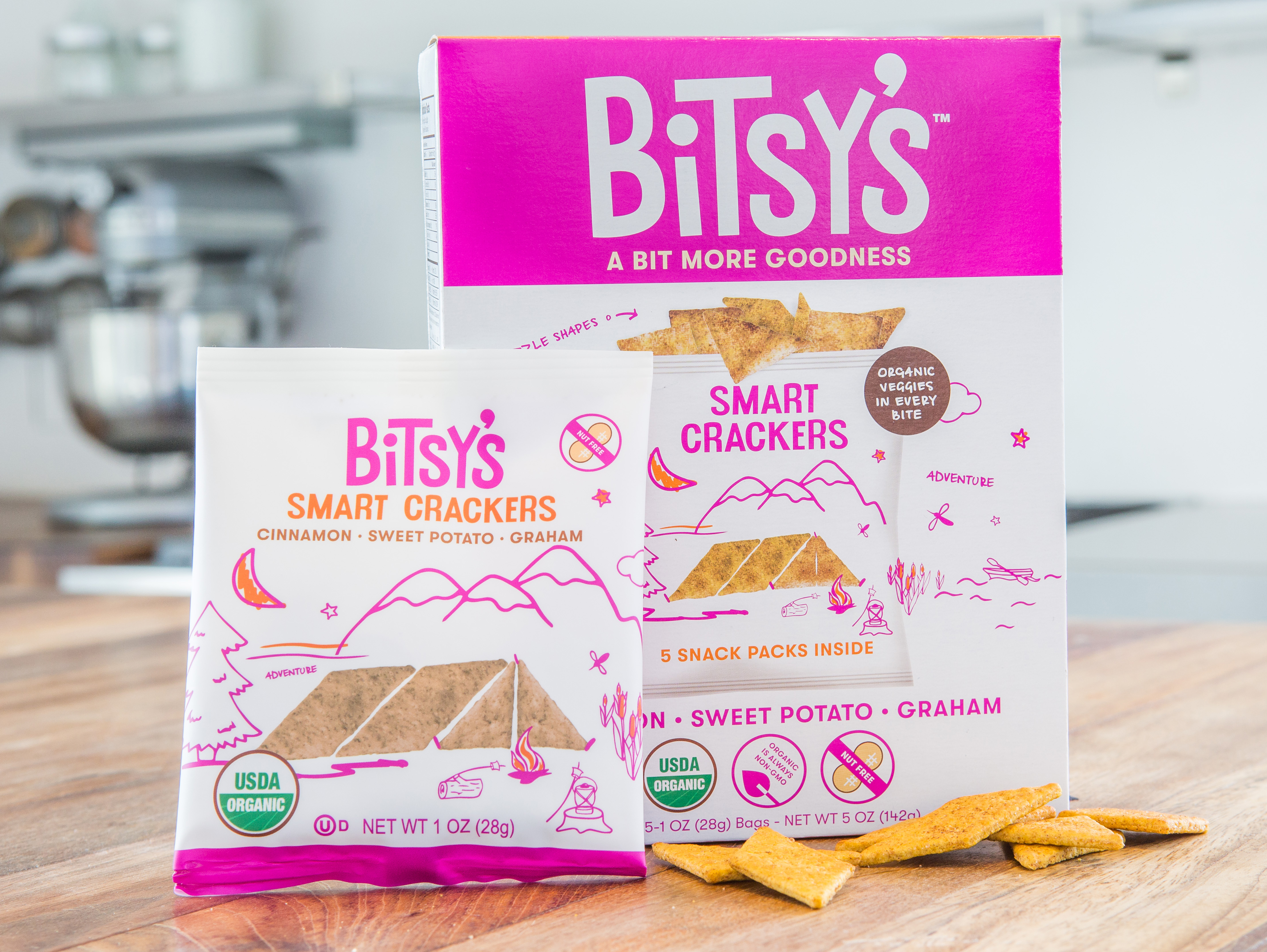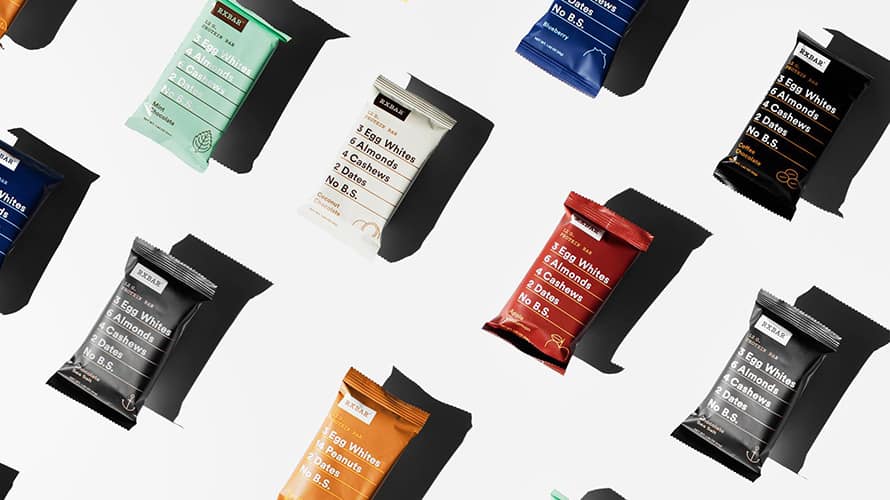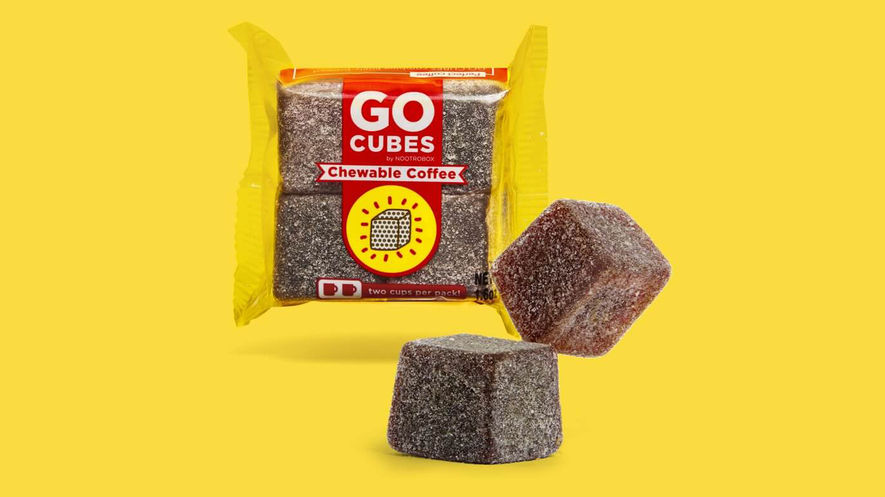
Holy moly, it is mid-January already but before we say adieu to 2016, let us pause to consider what an incredible year 2016 was for food tech, just for the sheer number of innovative companies that burst onto the culinary scene. Moving past the origins of the farm-to-table movement, the San Francisco Bay Area is now known as an incubator for technological food innovation, playing host to numerous ground-breaking food companies and the businesses that support them. Not just limited to culinary creations, some of the innovation is happening in the world of food packaging, labeling and delivery.
Out of the five food tech companies listed here, three of them are located in and around San Francisco and four are in California. Why?
“There is an open environment for ideas here and space for people to try ideas out and get traction,” said Kara Nielsen, an Oakland-based independent food trend analyst and expert. Nielsen noted that the Bay Area attracts great culinary experts who are jumping into start-ups as consultants. ”Add in the intelligence of the university community and the draw is almost irresistible. It’s a can’t miss combo,” Nielsen said. (karanielsenfoodtrends.com)
So, without further ado, here are some of the companies that not only broke the mold in 2016, they threw out the map and stepped onto new earth.
1. Impossible Foods’ “bleeding red” Plant-based Burger
Backed by heavy hitters Vinod Khosla of Khosla Ventures, Google Ventures and Microsoft’s Bill Gates, Impossible Foods’, 100% plant-based burger turned heads when it debuted earlier this spring at Cockscomb, Top Chef Master Chris Cosentino’s San Francisco restaurant. Designed by Redwood City’s Impossible Foods to taste, smell and cook just as a beef patty would, the wheat-meat that ‘bleeds red’ is the result of years of work in Impossible Foods’ lab. Food scientists spent that time figuring out the P’s and Q’s of replicating the unique properties of beef to make their burger, a blend of textured wheat and potato protein, look, sound and taste like beef. That includes making plant proteins “bleed.”
To give the burger its “blood,” the team moved a soybean gene that contained hemoglobin protein to yeast, enabling them to produce an iron-rich red liquid. The meat’s fat comes from coconut oil, which behaves like beef fat when sizzled on a hot skillet. And they engineered the burger’s aroma when cooking after dissecting beef’s aromas using a mass spectrometry machine. As for how it tastes, Impossible Foods says it’s “impossibly delicious.” Whether or not that is true is up to your palate to decide. For now, we’ll call it game-changing.
2. Turmeon Vermouth Creates the World’s First Animated Label
Taste aside, what does it take to encourage a prospective customer to actually pick your product up from the shelf? At Turmeon Vermouth, the answer was simple, er… maybe not so much. They have developed a kinesiogram label. Wrapped with a moveable sleeve on top of a paper label printed with static images, Turmeon’s labels appear to “move” when the customer passes by a shelved bottle. Also known as scanimation, these kinesiograms are a well-known optical effect and are helping to drive Turmeon’s brand awareness. The company’s red vermouth label, with a kinesiogram of a Pac-Man gobbling up hearts, won a People’s Choice Award in HP Indigo’s second EMEA Inkspiration Awards competition earlier this year. And, if the data from a wine-marketing and label study is true, telling us that 80% of consumers who pick up a bottle in a store will then purchase that product, Turmeon’s brand engagement new-tech label is a wily – and updated – frontline sales tool.
3. Soylent Foods – They’re Eating PLANTS!
Another Bay Area startup, now based in Los Angeles, is Soylent Foods. Their mission: “to expand access to quality nutrition through food system innovation.” What makes Soylent unique is their reduced carbon footprint, creating meal replacement drinks, bars and powder from plant-based proteins such as soy and peas and algal oil developed in a bioreactor, not on a traditional farm. The company makes no bones about using bio-engineered algae as a source of essential fatty acids. Utilitarian and efficient, Soylent has been criticized for producing bars and drinks of “tasteless goop,” that, while intelligently designed, were pulled from shelves after some customers experienced gastrointestinal distress. While their flagship powdered Soylent meal replacement drink is currently available online, their meal bars are expected to return to store shelves in early 2017.
4. Eatsa – Futuristic Robotic Fast Food
Similar to snacks, fast food has been undergoing a revolution in restaurants, too, and perhaps no restaurant better exemplifies this trend than Eatsa. Launched in early 2016, the restaurant’s ordering process involves no humans. Simply step up to the touchpad, key in your order, pay for your meal and then wait for your food to appear in one of the many wall-mounted, rectangular cubes with your order number attached. Step into the San Francisco flagship location and you might remember the heritage restaurant Automat, America’s first fast food chain. Though the last Automat closed in 1991 (some of us are old enough to have dined at an Automat during their lifespan of 1902-1991), Eatsa feels like Automat 2.0: a quick meal with a well-understood, easy to use ordering interface, a high-tech, inexpensive, waiterless meal. At Eatsa, their offering of nutritious foods – the core menu item is a quinoa bowl that you can customize with proteins, vegetables and regional flavors – and sparkling waters and iced teas, are, like the Automats of yore, mostly delivered without one iota of human experience. Returning customers are rewarded when they place a new order: the computer displays their previous order, further simplifying customized purchasing and adding an extra layer of convenience. But should you miss a smiling server or if there is something wrong with your order, there are actually real people behind those cubbies, ready to make your meal as you wish. Just like at the Automat. Faster food? Sure. Better food? That’s in the eye of the beholder.
5. Nootrobox – Dissed by Sharks but Taking Functional Nutrition to the Next Level
San Francisco start-up Nootrobox, which makes easy to eat, to-go meals that are “designed to heighten productivity, memory, mental function and overall physical energy,” flamed out on Shark Tank (original air date of December 2, 2016), asking for an unheard of $40 million valuation and getting stiffed by every shark in the process. But the self-proclaimed team of biohackers, technologists and researchers that are developing nootropics, or cognition-enhancing compounds, want you to use their products to live your life to the fullest. Since Nootrobox is located at the edge of Silicon Valley, presumably that means creating products to help you work harder and more efficiently. Their best-known product, GoCube, includes a precisely measured dose of caffeine combined with L-theanine, and methylated B12 that “improve caffeine for enhanced focus and clarity.” And we know that not just coders are looking to improve performance through nutrition. Enhanced foods and drinks are a staple for everyone from yoga moms to Olympic athletes and weekend warriors. It’s a huge trend. Sharks, you may not have liked their valuation, but Nootrobox is onto something.
We’re not done! We have a few other 2016 favorites to share with you. Check back soon to read up on more Bay Area innovators shaking up the food world.

